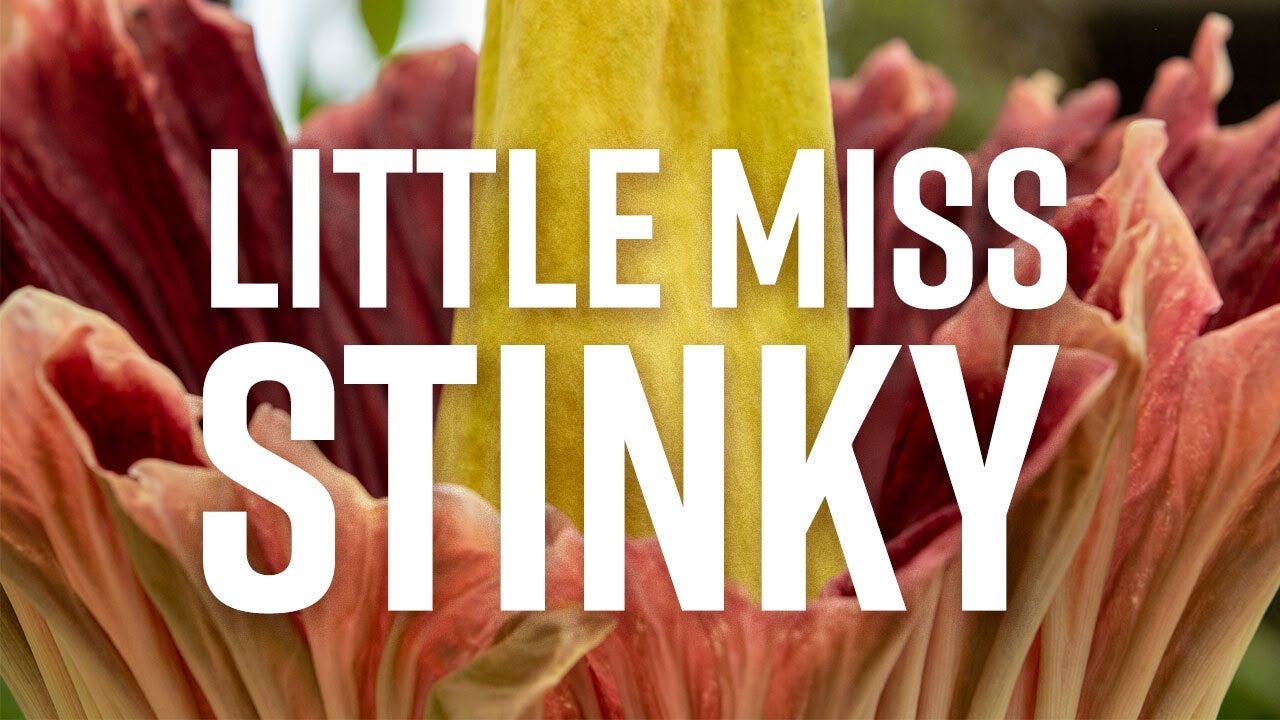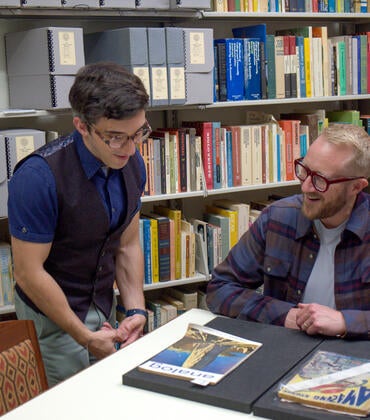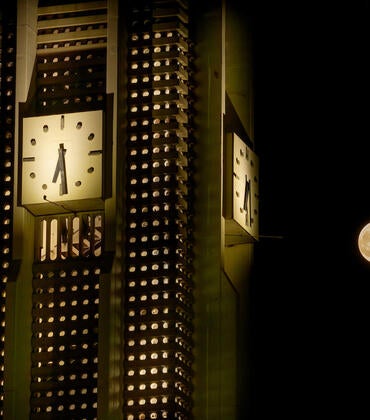It was the little plant that raised a big stink for a brief window of time.
The UC Riverside Botanic Gardens drew record crowds over the past week with visitors from all over Southern California coming by to catch a glimpse and whiff of Little Miss Stinky.
The rare corpse plant, which grew from 1999 seeds and was acquired in 2007, began blooming Saturday night, July 23, and remained in bloom until late Sunday night. Corpse plants only bloom when the belowground corm reaches at least 20 pounds, usually after at least a decade, and this was the first time the Botanic Gardens’ plant has bloomed. They only remain in bloom for about 24 to 40 hours before closing up.
The gardens extended their hours and remained open over the weekend to accommodate visitors who lined up for waits of up to 45 minutes. Staff and volunteers provided water to those waiting and a brief lecture on the corpse plant before letting in 20 people at a time to a temperature-controlled greenhouse where the plant is kept.
The Gardens had about 1,700 visitors on Sunday alone, said Jodie Holt, director of the Botanic Gardens.
“It’s the biggest day we’ve ever had,” she said.
Visitors took photos and sniffed the plant to catch its scent, famously compared to rotting stench, which attracts carrion flies and dung beetles, its natural pollinators.
Sumita Pahwa and her husband Steve Negos drove from Claremont with their two young children after hearing that the plant was in bloom. Pahwa and Negos had tried but were unable to see one a decade ago while on a trip to Indonesia, so they didn’t want to miss this opportunity, she said.
“It’s a lovely flower,” Negos said. “(The smell) wasn’t as repulsive as I had hoped.”
Allyson Castellanos of Riverside said she had heard of the plant but had never seen one until now.
“To actually be able to see it in person and know it’s a rarity, is quite something,” she said.
Botanic Gardens staff only realized the plant was ready to bloom Friday, July 15, when they noticed the bracts, or protective modified leaves, folded around the growing shoot had cracked open and a thick inflorescence, or cluster of flowers, appeared rather than the usual leaf. Once that happens, the inflorescence typically blooms in seven to 10 days after increasing in height 1.5 to 2 inches per day.
A live video feed was set up for the public to watch its progress during the bloom while the Botanic Gardens provided regular social media updates.
Curators monitored the plant throughout the week, checking its height and temperature, since slowed height growth and a spike in temperature are indicators of imminent bloom. Some plant corpses grow up to eight feet tall but the one at the Botanic Gardens only grew to about 40 inches in height.
“This kind of represents our status as an emergent garden,” Holt said. “She’s not big but she’s mighty.”
On Saturday night, July 23, the large burgundy colored spathe surrounding the giant spadix, or flowering spike, began to open up. Staff set up chairs and ate popcorn for a watch party that night.
The smell was strongest that night and the next morning before beginning to subside by Sunday afternoon, Holt said. By Monday morning, the spathe had nearly closed up again, and the cluster of flowers at the base of the spike had matured. Curators collected pollen to freeze for a future flowering event and to share with other gardens as part of a worldwide conservation effort.




